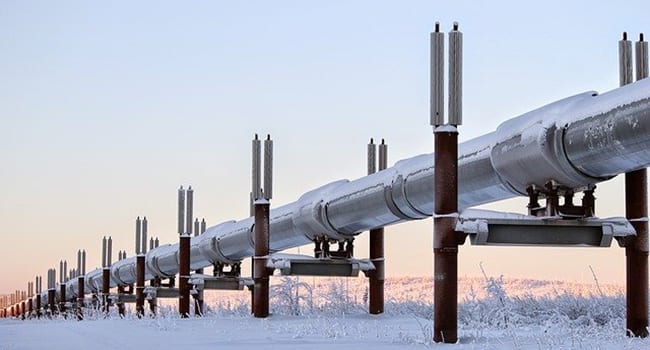Alberta’s economy has struggled to shake off the lingering impacts of the 2015-16 recession, recording an uneven and disappointing recovery, and now, after an unforeseen turn of developments in the global oil market, the provincial economy faces its second oil shock in five years – one that is very likely to send Alberta’s economy back into recession, predicts TD Economics in a new Provincial Economic Forecast.
The report, which was released on Wednesday, said the province’s GDP will contract by 1.1 per cent this year following slight growth of 0.4 per cent in 2019. And it will grow by 1.9 per cent in 2021.
“A mix of virus-related financial market stress, oil demand destruction through rapidly-slowing global growth and other channels (i.e, reduced global travel) initially and recent plans to hike production sharply by some OPEC members have sent WTI oil prices down to US$30 per barrel. Although we anticipate a recovery in prices once the worst of pandemic has past, we have slashed our average forecast for 2020 and 2021 to around US$40 and US$50, respectively. In light of the downgrade in the price outlook, some major producers have already slashed capital expenditure and production guidance for the year,” said the report.
“Despite the stunning drop in oil prices, we don’t anticipate the economic impacts in Alberta to be as severe as in 2015-16. For one, the oilpatch is heading into the current downturn considerably less frothy than the oil shock of five years ago, when investment was at its peak. In fact, with the shelving of the Frontier oilsands project, Alberta has been home to virtually no new large-scale projects since 2014.
“Still, the shocks are hitting the economy at a time when confidence in the province remains fragile. Alberta’s already-high unemployment rate is expected to move higher over the several months, likely fuelling more caution among consumers. The temporary disruptions to service industries due to COVID-19 containment will amplify weakness in the near term.”
The report also said:
- Employment will fall by 1.1 per cent in 2020 after increasing 0.5 per cent in 2019. It will rise by 0.9 per cent in 2021;
- The unemployment rate is expected to rise from 6.9 per cent in 2019 to 7.9 per cent this year then to 8.0 per cent in 2021;
- Housing starts will fall to 23,000 this year from 27,100 in 2019 and then rise to 30,200 in 2021;
- Existing home prices, which fell by 2.4 per cent in 2019, are forecast to dip another 1.6 per cent in 2020 followed by a 0.5 per cent increase in 2021; and
- Home sales, which fell by 0.2 per cent last year, will drop by another 13.2 per cent this year before increasing by 6.7 per cent in 2021.
“A key area of uncertainty surrounds government coffers. The budget relied on a US$58 assumption for WTI oil prices this fiscal year, which is roughly US$20 higher than our current tracking,” said the TD report. “Based on the government’s own revenue sensitivity to oil prices and the changes in the exchange rate, this implies a budget deterioration of up to $5-$5.5 billion for the year ahead.
“In turn, this would yield a revised deficit target of $12 billion, all things equal. Given the rapidly-changing landscape and COVID-19 impacts, the government will likely inject stimulus and move away from its plans to balance the budget by FY 2022-23.”

